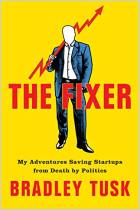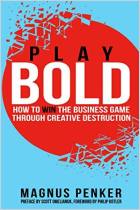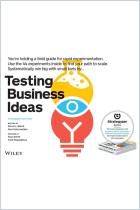
Recommendation
The digital revolution has transformed people’s lives, but technology entrepreneurs often run up against the realities of an analog world, especially when it comes to dealing with governing bodies and regulations. Experts Evan Burfield and J.D. Harrison offer a useful guide to start-ups that must navigate among the powerful and influential to bring their products or ideas to market. The authors present illuminating case studies and lessons that entrepreneurs will want to consult when they resort to their own “regulatory hacking.”
Summary
About the Authors
Evan Burfield is a venture capitalist and a cofounder of the start-up incubator 1776. J.D. Harrison is the executive director for strategic communications at the US Chamber of Commerce.
Learners who read this summary also read
Book
Book
Book
Book
Book



















Comment on this summary or Start Discussion